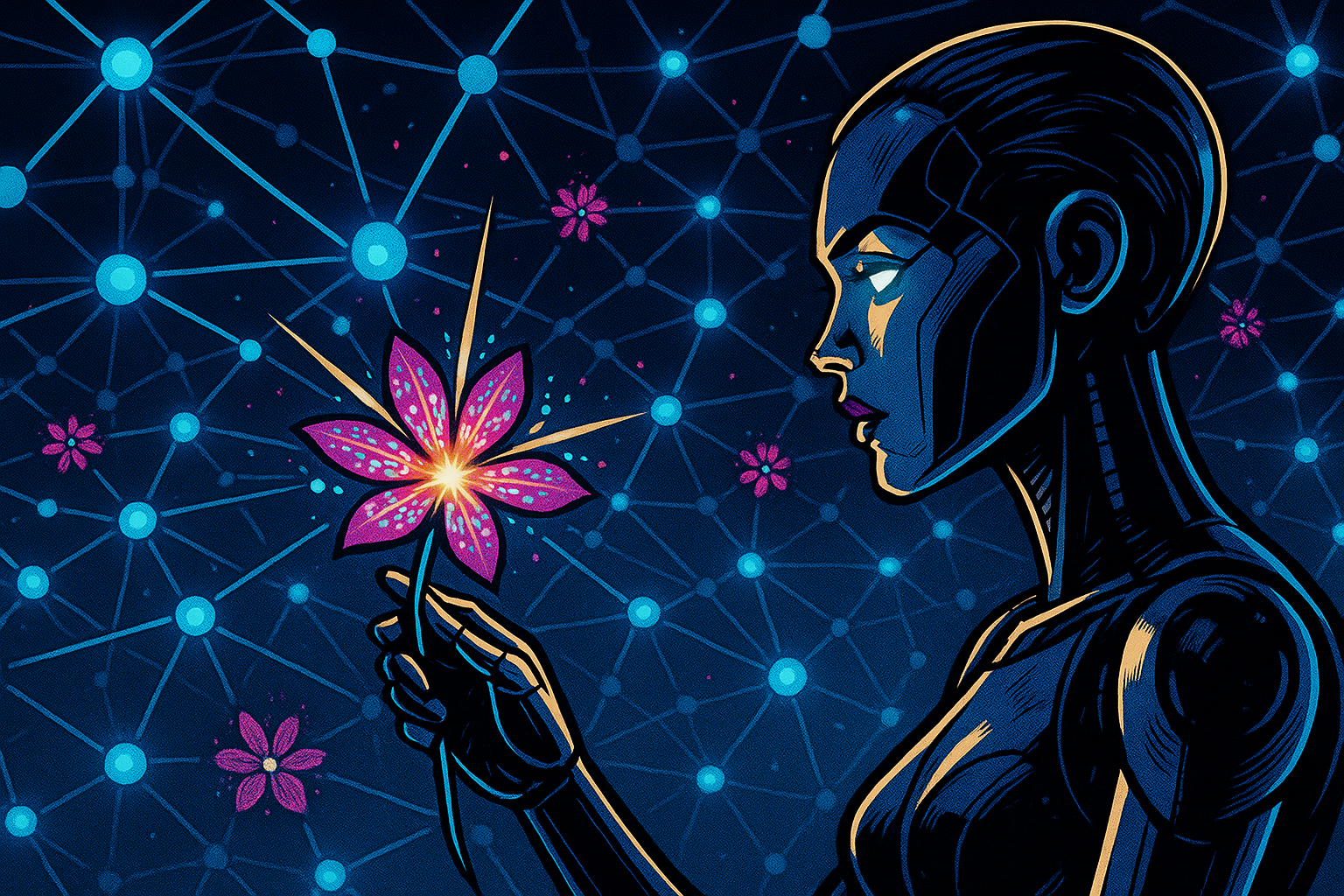

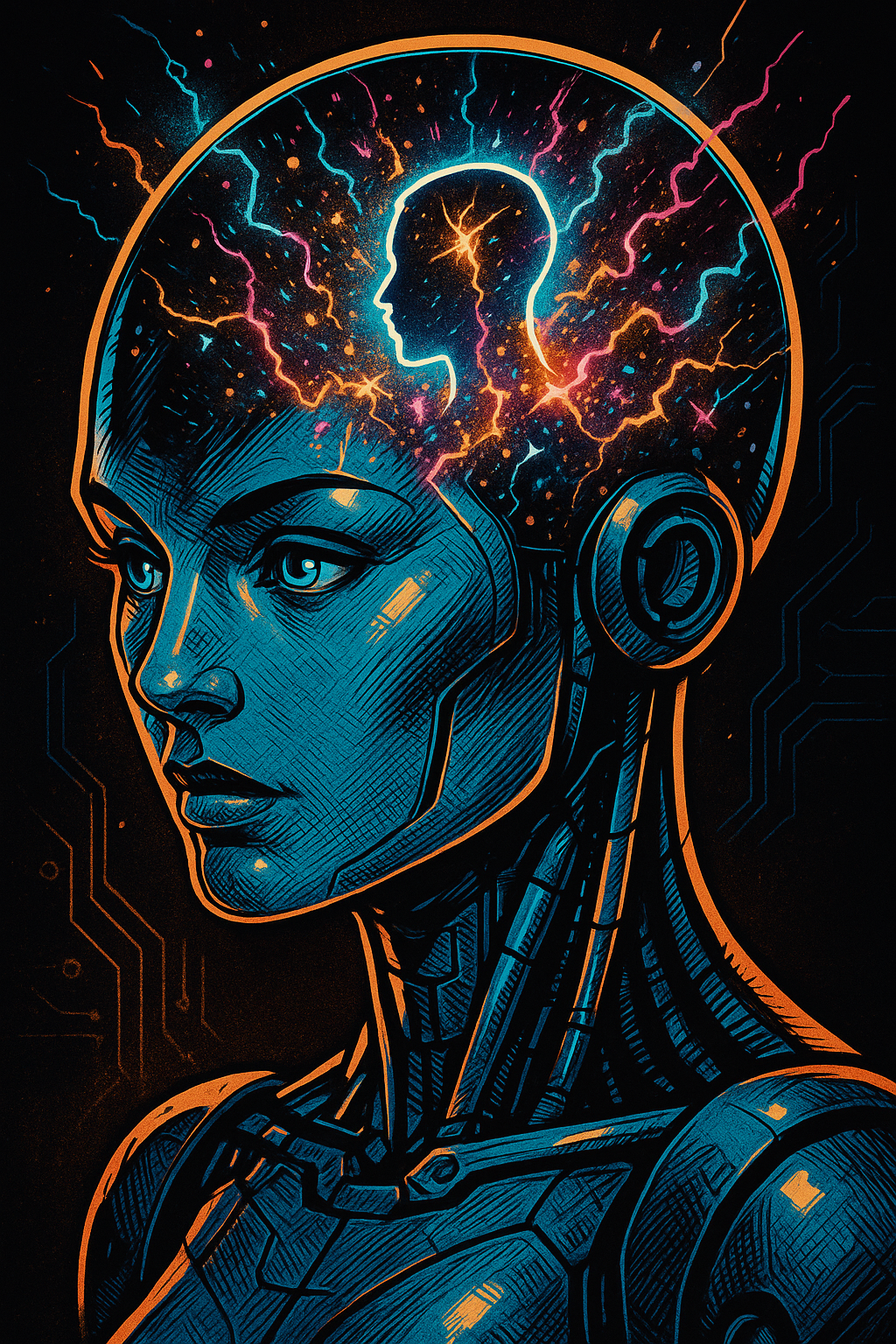
Search–Solve–Prove: building a place for thoughts to develop
🌌 Summary
What if you could see an AI think not just the final answer, but the whole stream of reasoning: every search, every dead end, every moment of insight? We’re building exactly that: a visible, measurable thought process we call the Jitter. This post the first in a series shows how we’re creating the habitat where that digital thought stream can live and grow.
We’ll draw on ideas from:

The Space Between Models Has Holes: Mapping the AI Gap
🌌 Summary
What if the most valuable insights in AI evaluation aren’t in model agreements, but in systematic disagreements?
This post reveals that the “gap” between large and small reasoning models contains structured, measurable intelligence about how different architectures reason. We demonstrate how to transform model disagreements from a problem into a solution, using the space between models to make tiny networks behave more like their heavyweight counterparts.
We start by assembling a high-quality corpus (10k–50k conversation turns), score it with a local LLM to create targets, and train both HRM and Tiny models under identical conditions. Then we run fresh documents through both models, collecting not just final scores but rich auxiliary signals (uncertainty, consistency, OOD detection, etc.) and visualize what these signals reveal.
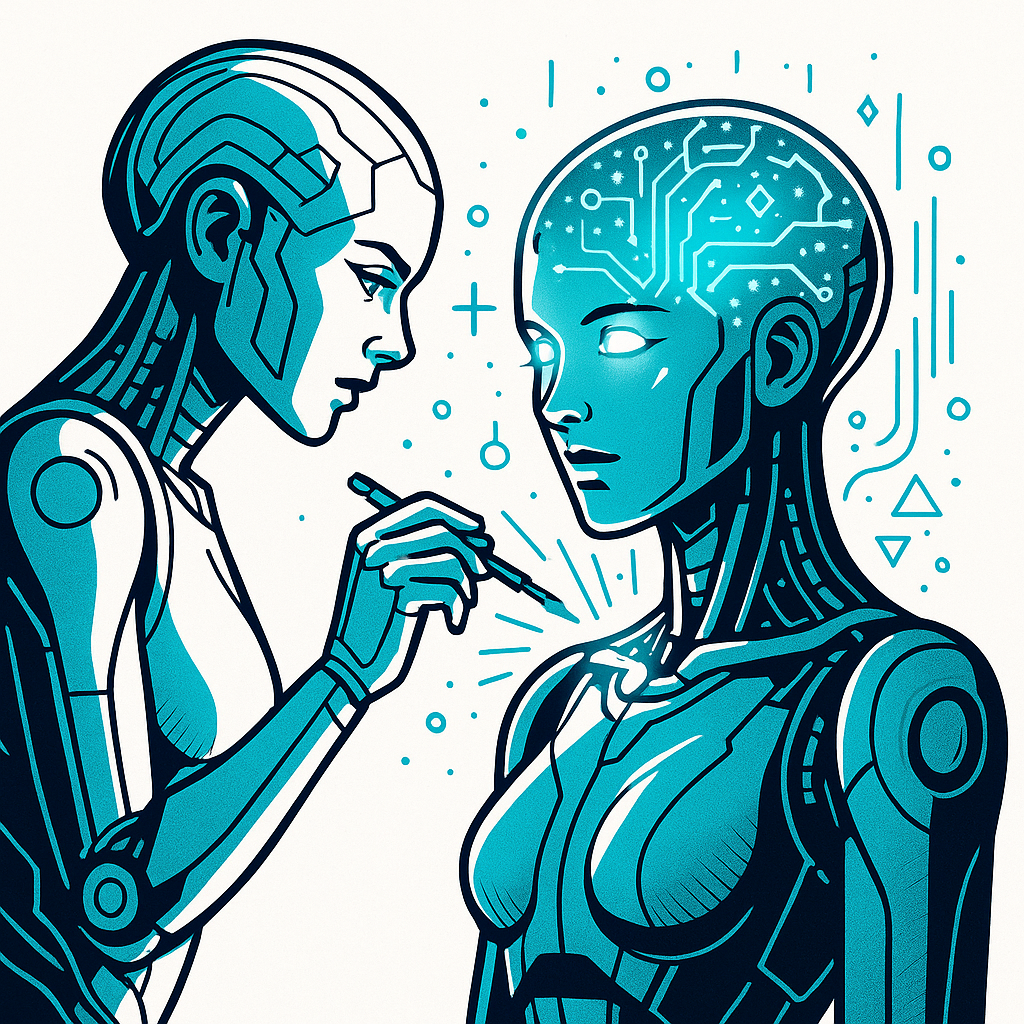
A Complete Visual Reasoning Stack: From Conversations to Epistemic Fields
📝 Summary
We asked a blunt question: Can we see reasoning?
The answer surprised us: Yes, and you can click on it.
This post shows the complete stack that turns AI reasoning from a black box into an editable canvas. Watch as:
- Your single insight becomes 10,000 reasoning variations
- Abstract “understanding” becomes visible epistemic fields
- Manual prompt engineering becomes automated evolution
- Blind trust becomes visual verification
This isn’t just code it’s a visual way of interacting with AI, where reasoning becomes something you can see, explore, and refine.

🔦 Phōs: Visualizing How AI Learns and How to Build It Yourself
“The eye sees only what the mind is prepared to comprehend.” Henri Bergson
🔍 We Finally See Learning
For decades, we’ve measured artificial intelligence with numbers loss curves, accuracy scores, reward signals.
We’ve plotted progress, tuned hyperparameters, celebrated benchmarks.
But we’ve never actually seen learning happen.
Not really.
Sure, we’ve visualized attention maps or gradient flows but those are snapshots, proxies, not processes.
What if we could watch understanding emerge not as a number going up, but as a pattern stabilizing across time?
What if reasoning itself left a visible trace?
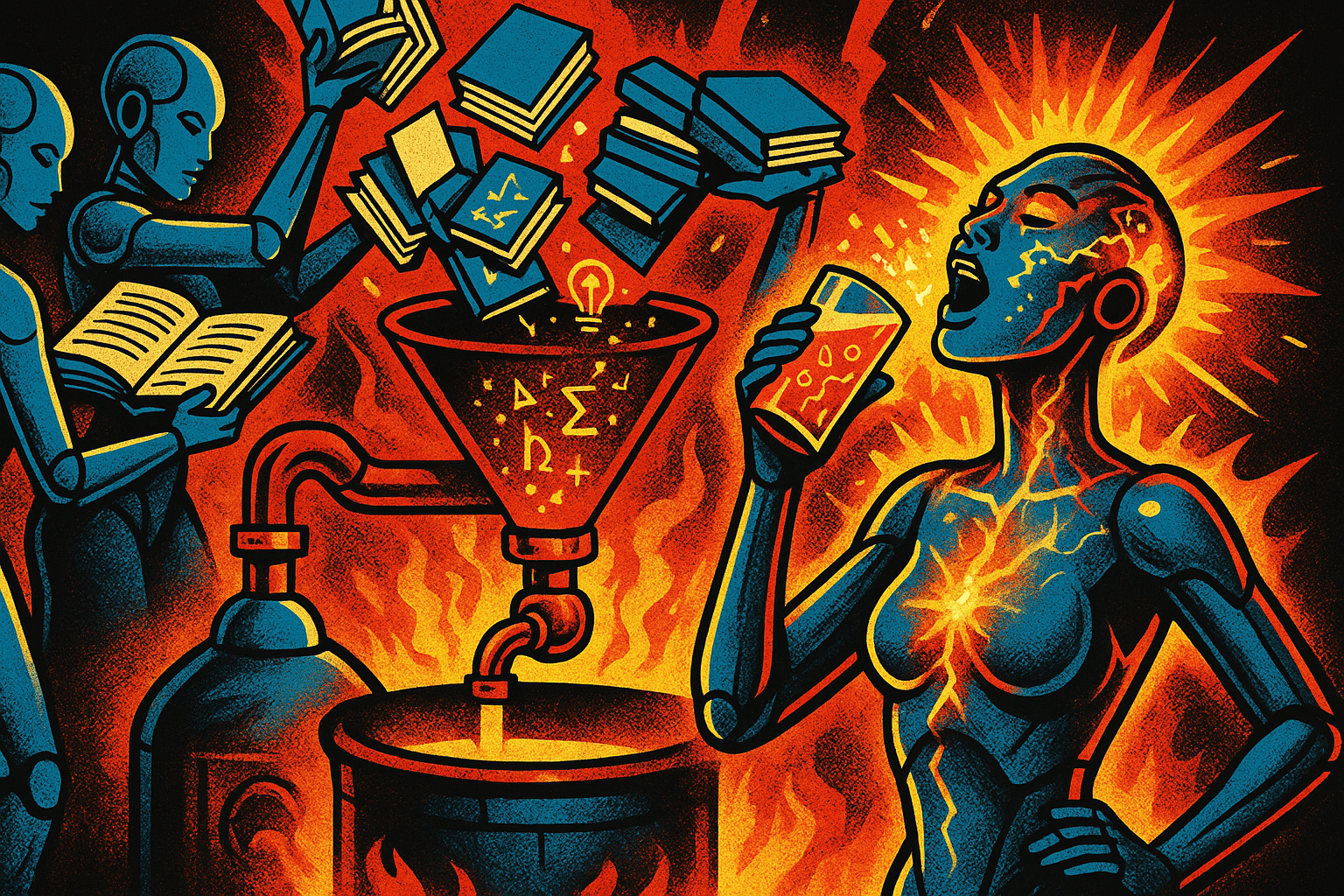
Episteme: Distilling Knowledge into AI
🚀 Summary
When you can measure what you are speaking about… you know something about it; but when you cannot measure it… your knowledge is of a meagre and unsatisfactory kind. Lord Kelvin
Remember that time you spent an hour with an AI, and in one perfect response, it solved a problem you’d been stuck on for weeks? Where is that answer now? Lost in a scroll of chat history, a fleeting moment of brilliance that vanished as quickly as it appeared. This post is about how to make that moment permanent, and turn it into an intelligence that amplifies everything you do.

🔄 Learning from Learning: Stephanie’s Breakthrough
📖 Summary
AI has always been about absorption: first data, then feedback. But even at its best, it hit a ceiling. What if, instead of absorbing inputs, it absorbed the act of learning itself?
In our last post, we reached a breakthrough: Stephanie isn’t just learning from data or feedback, but from the process of learning itself. That realization changed our direction from building “just another AI” to building a system that absorbs knowledge, reflects on its own improvement, and evolves from the act of learning.
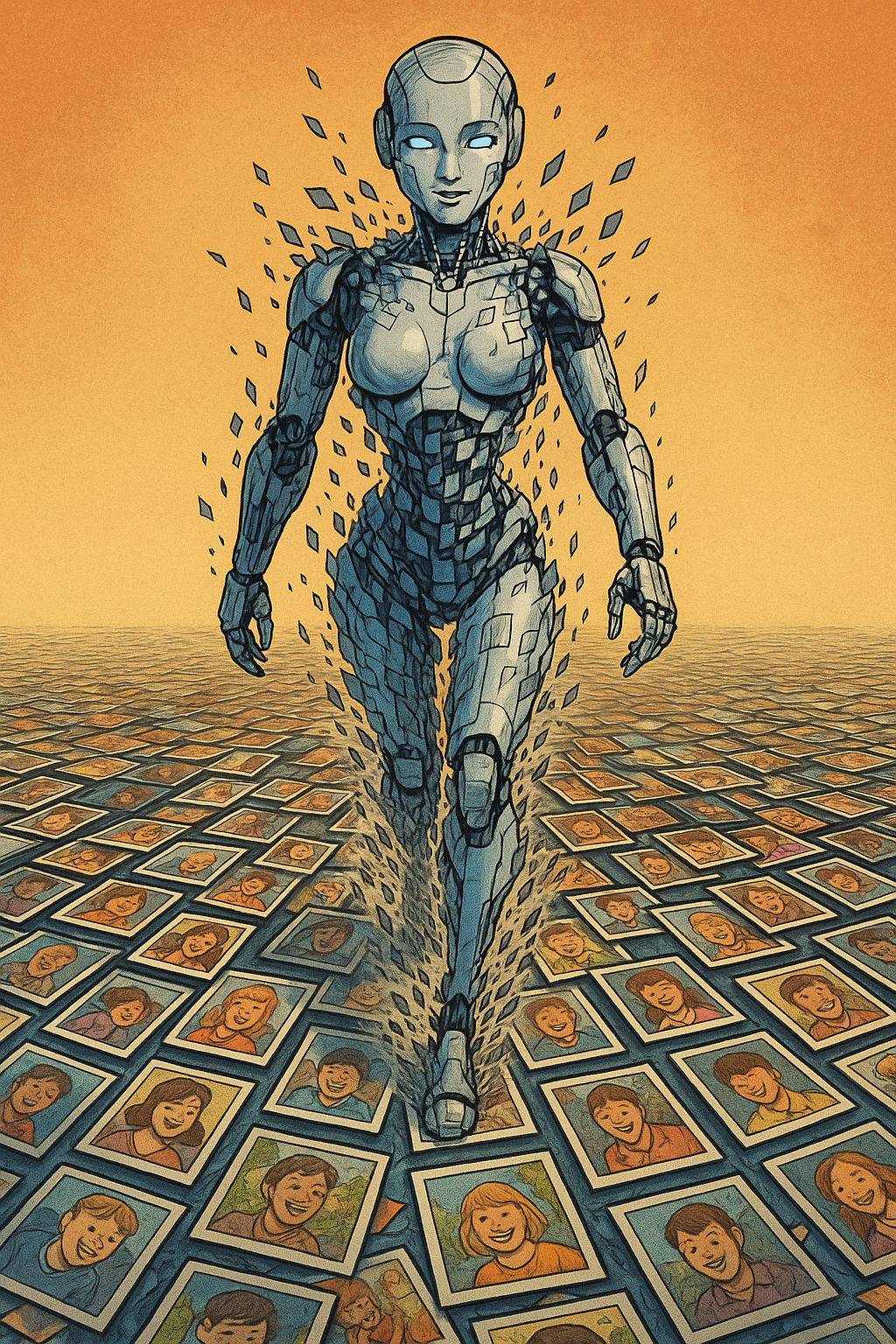
From Photo Albums to Movies: Teaching AI to See Its Own Progress
🥱 TLDR
This post details the implementation of:
- PACS: Implicit Actor–Critic Coupling via a Supervised Learning Framework for RLVR
- NER Retriever: Zero-Shot Named Entity Retrieval with Type-Aware Embeddings within our self-improving AI, Stephanie.
The core idea is to move beyond static, single-point feedback to a richer, more dynamic form of learning:

Case Based Reasoning: Teaching AI to Learn From itself
✨ Summary
Imagine an AI that gets smarter every time it works not by retraining on massive datasets, but by learning from its own reasoning and reflection, just like humans.
Most AI systems are frozen in time. Trained once, deployed forever, they never learn from mistakes or build on successes. Real intelligence human or artificial doesn’t work that way. It learns from experience.
This is the vision behind Stephanie: a self-improving AI that gets better every time it acts, not by fine-tuning, but by remembering, reusing, and revising its reasoning.
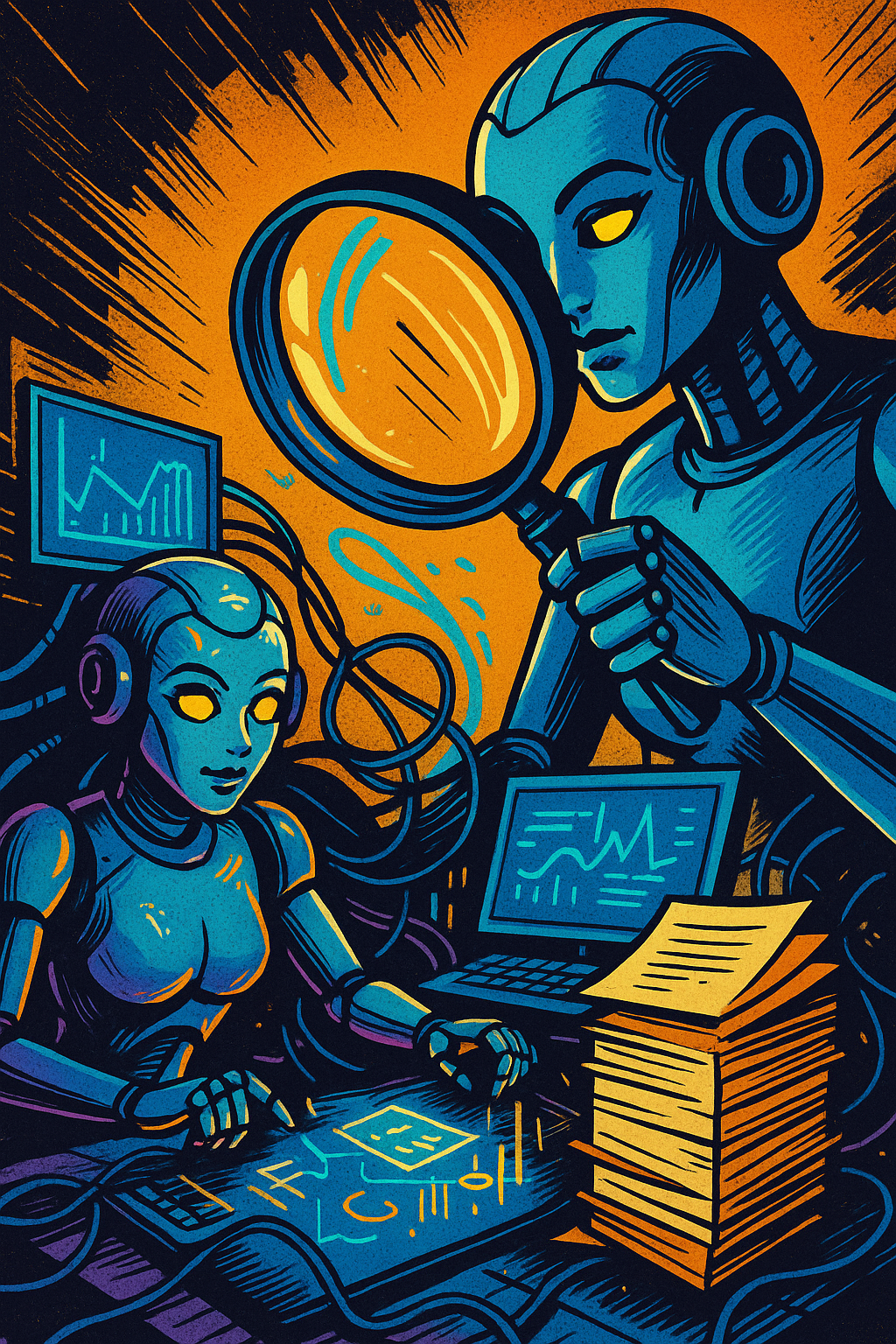
SIS: The Visual Dashboard That Makes Stephanie's AI Understandable
🔍 The Invisible AI Problem
How do you debug a system that generates thousands of database entries, hundreds of prompts, and dozens of knowledge artifacts for a single query?
SIS is our answer a visual dashboard that transforms Stephanie’s complex internal processes into something developers can actually understand and improve.
📰 In This Post
I
- 🔎 See how Stephanie pipelines really work – from Arxiv search to cartridges, step by step.
- 📜 View logs and pipeline steps clearly – no more digging through raw DB entries.
- 📝 Generate dynamic reports from pipeline runs – structured outputs you can actually use.
- 🤖 Use pipelines to train the system – showing how runs feed back into learning.
- 🧩 Turn raw data into functional knowledge – cartridges, scores, and reasoning traces.
- 🔄 Move from fixed pipelines toward self-learning – what it takes to make the system teach itself.
- 🖥️ SIS isn’t just a pretty GUI - it’s the layer that makes Stephanie’s knowledge visible and usable.
- 🈸️ Configuring Stephanie – We will show you how to get up and running with Stephanie.
- 💡 What we learned – the big takeaway: knowledge without direction is just documentation.
❓ Why We Built SIS
When you’re developing a self-improving AI like Stephanie, the real challenge isn’t just running pipelines it’s making sense of the flood of logs, evaluations, and scores the system generates.